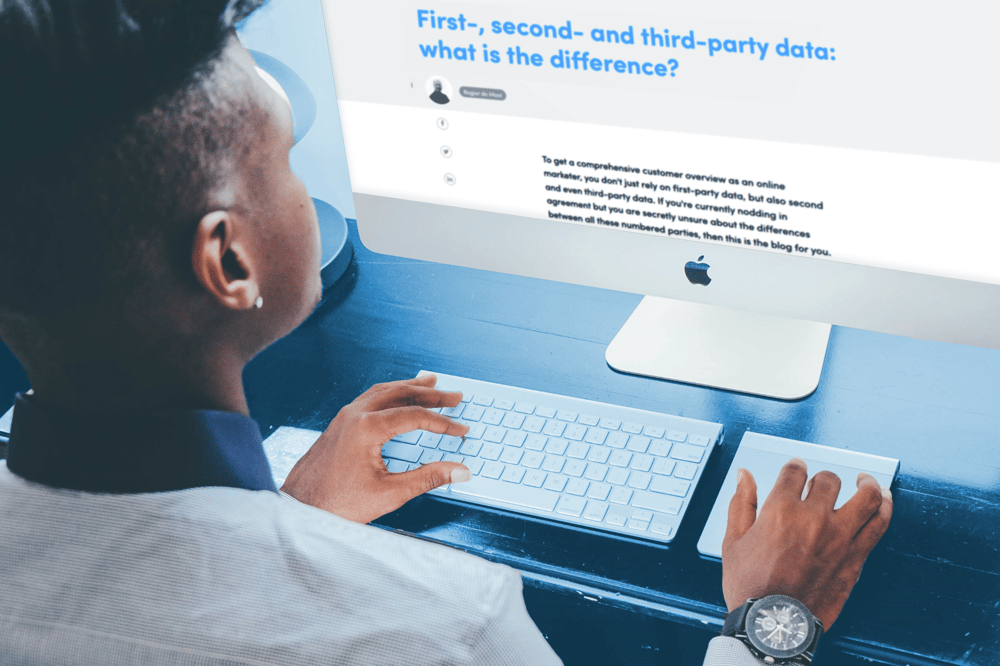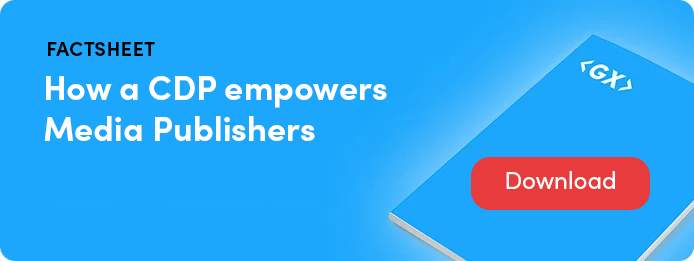To get a comprehensive customer overview as an online marketer, you don't just rely on first-party data, but also second and even third-party data. If you're nodding in agreement but are secretly unsure about the differences between all these numbered parties, this is the blog for you.
What is First-Party Data?
First-party data is from firsthand sources, obtained through customer interactions and engagements on the company's platforms, websites, apps, and other digital channels. This data varies from contact information (name, address, and phone number) to online behavioral data collected via cookies.
First-party data is valuable information as it provides insights into customer behaviors, preferences, and interactions. You can use it to improve customer experiences, personalize marketing efforts, develop targeted campaigns, and make informed business decisions. Plus, website visitors gave consent to collect and use this data themselves.
However, first-party data also has its limitations. For example, you only collect data from those who visited your website and consented. You'll need to acquire data differently to reach brand-new target audiences. That's where second and third-party data come into play.

Second-Party Data Used to Be First-Party Data
Second-party data is first-party data of other companies. Some companies sell this data because they have extensive insights about a specific customer group. Others exchange their first-party data without financial transactions if it benefits both parties.
The advantage of second-party data is that it can further enrich customer profiles. But of course, this data also has its limitations. Because you receive the data from another company, the quality and accuracy can vary and might not meet your own data needs or standards. Another possible limitation is scalability: if you seek larger amounts of data to guide your marketing strategy, third-party data might be more useful.
Third-Party Data Equals Plenty of Information
Third-party data consists of large amounts of data you can purchase from third-party data providers. When your customers are, for example, predominantly women between 25 and 40 years old, you can use third-party data to further enhance your understanding of this group and serve them even better. How often do they eat out, how much do they spend on such occasions, and what social media do they prefer? Third-party data providers can tell you all about it, including insights about new target audiences.
The major advantage of this data is its scale: this kind of data can provide extensive insights into the behavior of (potential) target audiences. However, this does come at a cost. Aside from expenses, third-party data raises concerns about privacy and data security, as it involves sharing and potentially monetizing personal information collected from various sources.
Collecting data in Your Customer Data Platform
You need to use data from different sources to truly understand your customers from various angles. That includes first, second, and third-party data. By incorporating all data in your CDP, you create a 360-degree customer view.
Now that you know the differences between first-, second-, and third-party data, you can start collecting data in your CDP to get a strong foundation for successful data-driven marketing!





